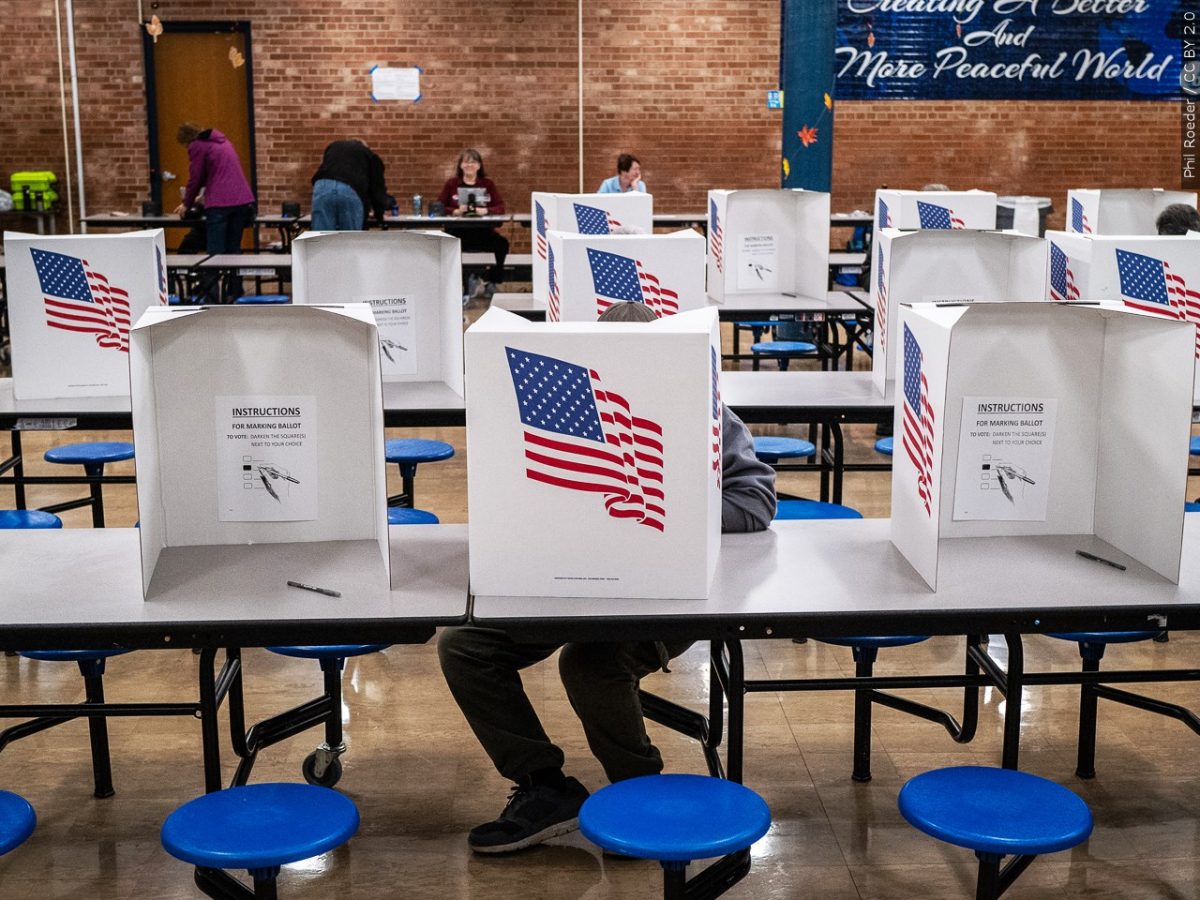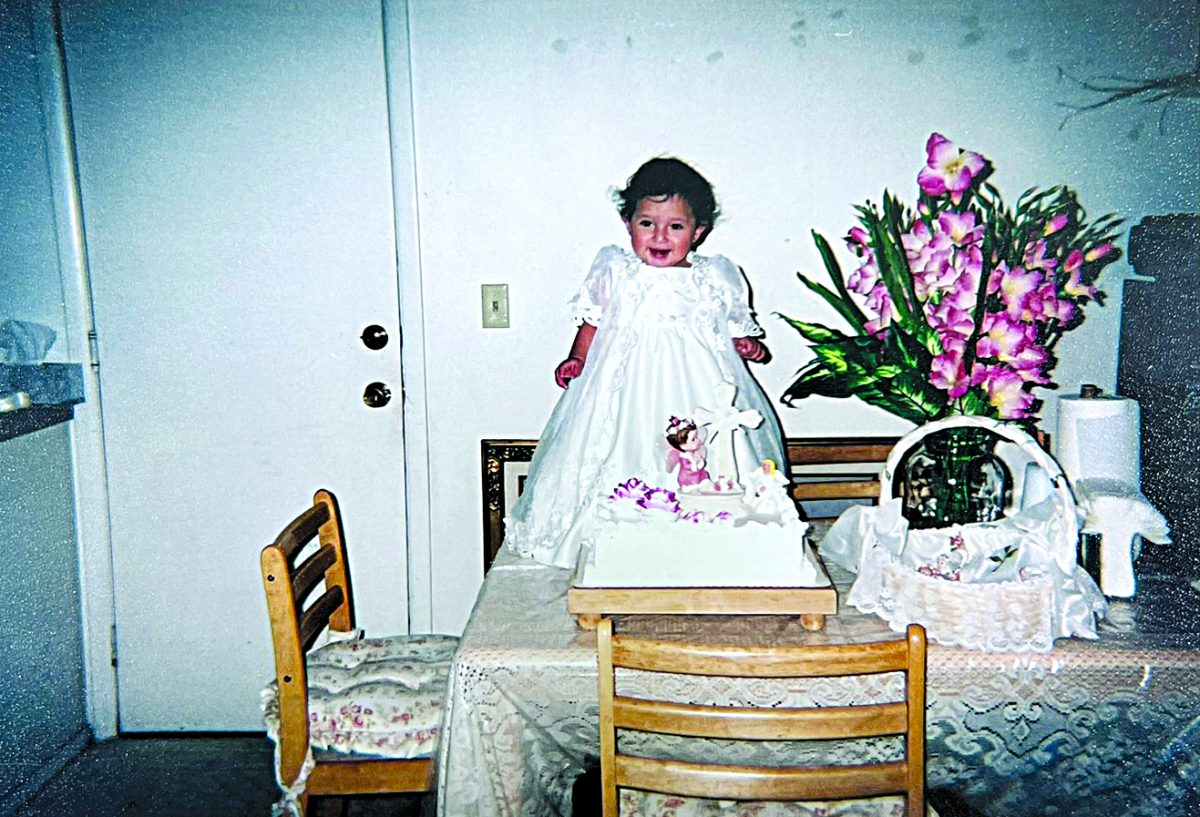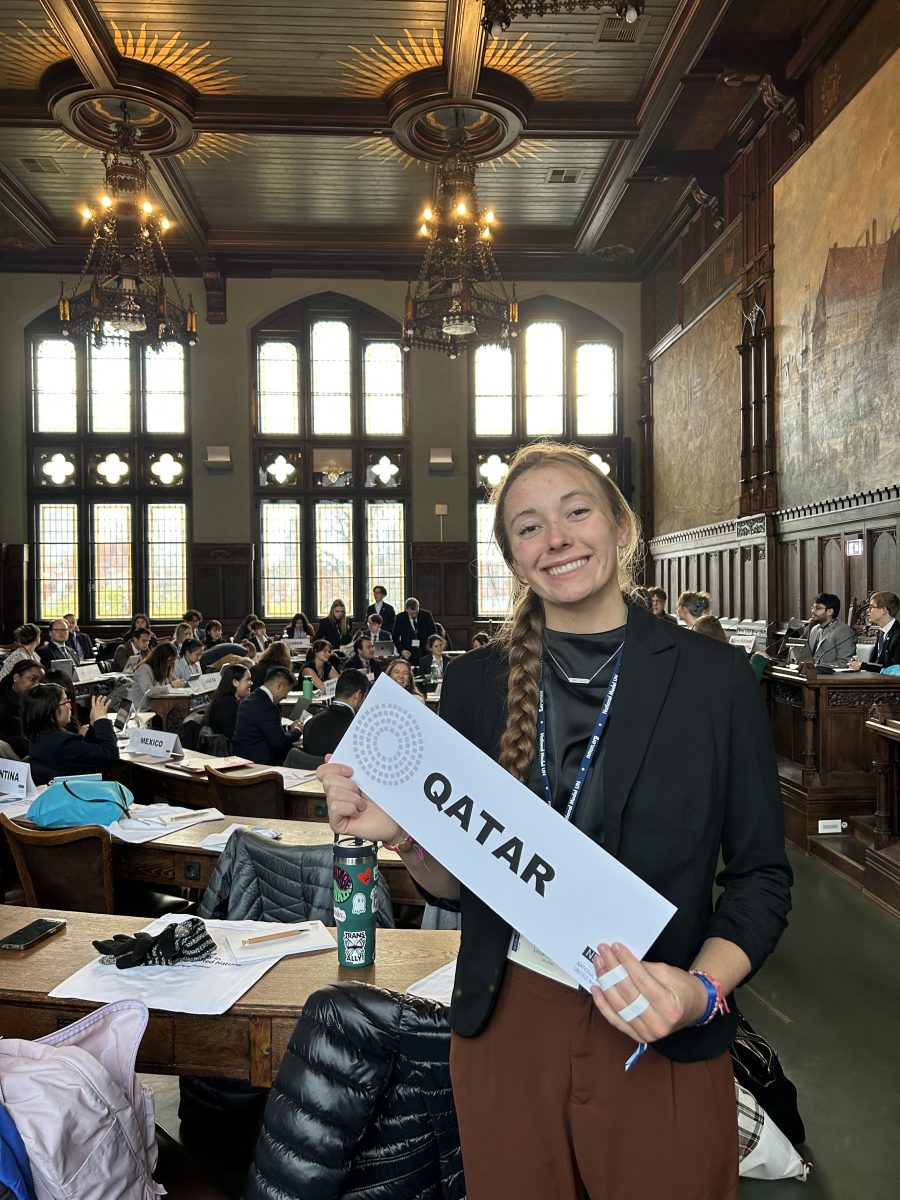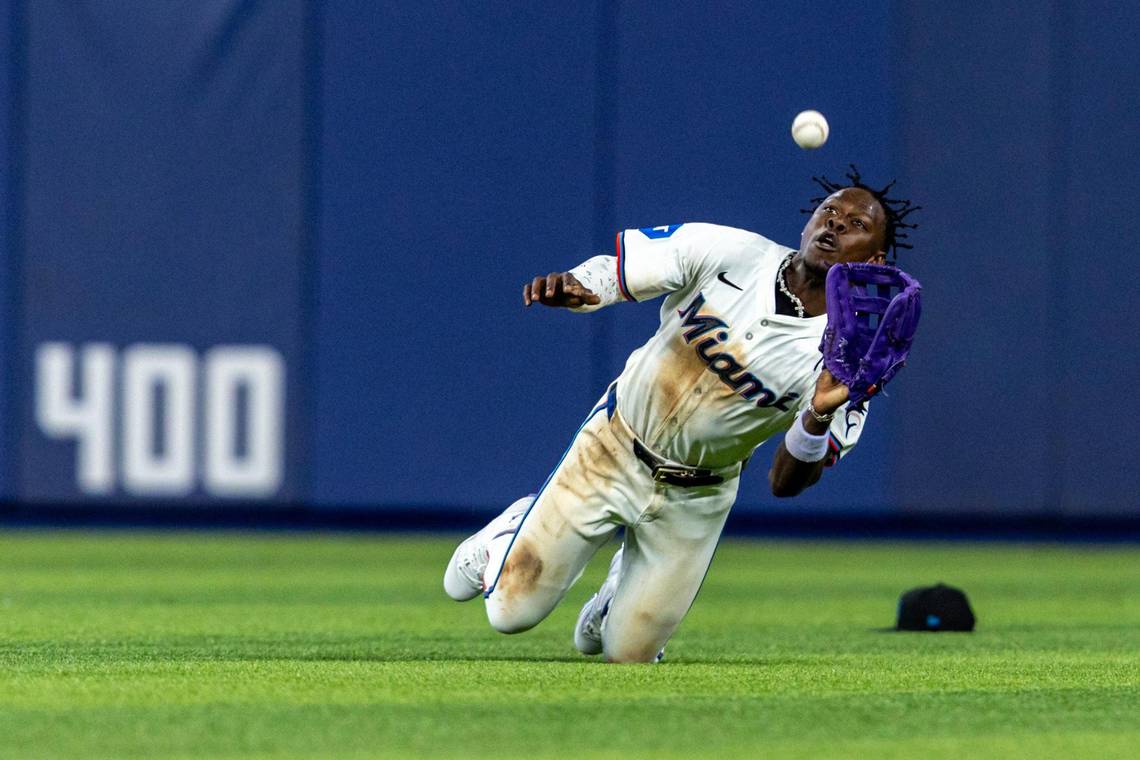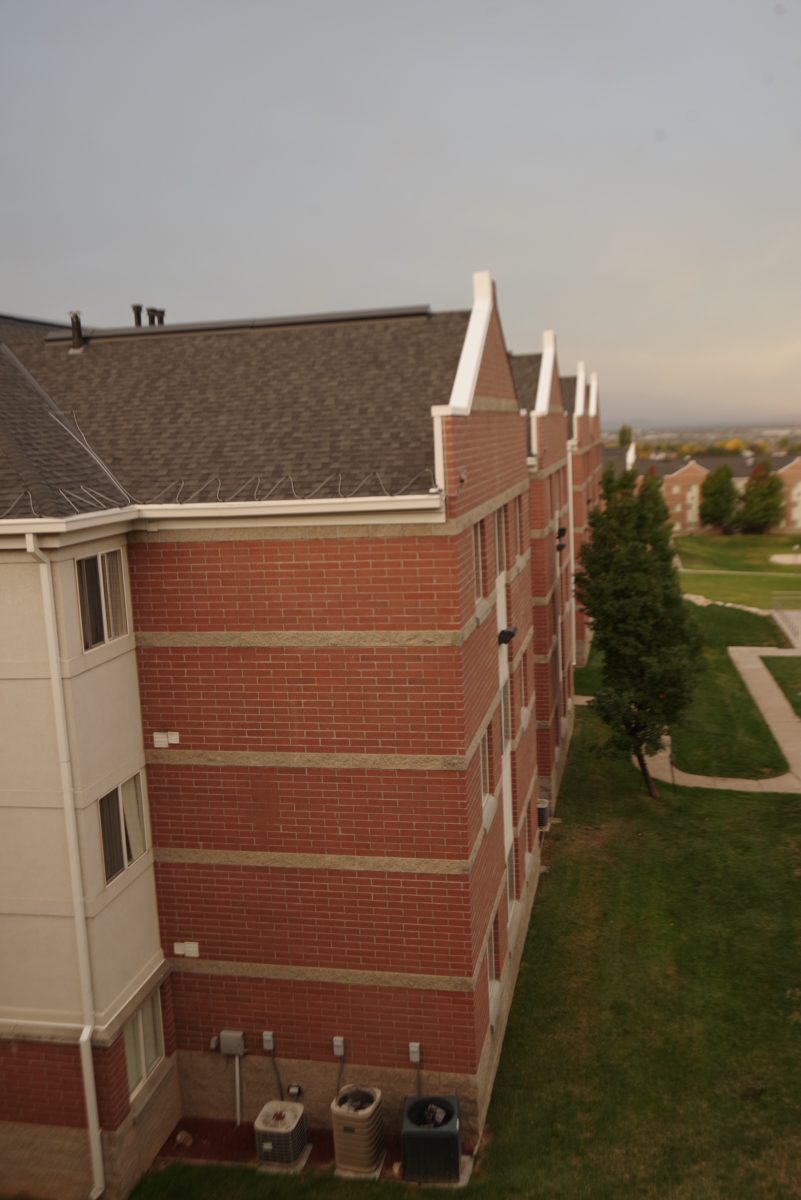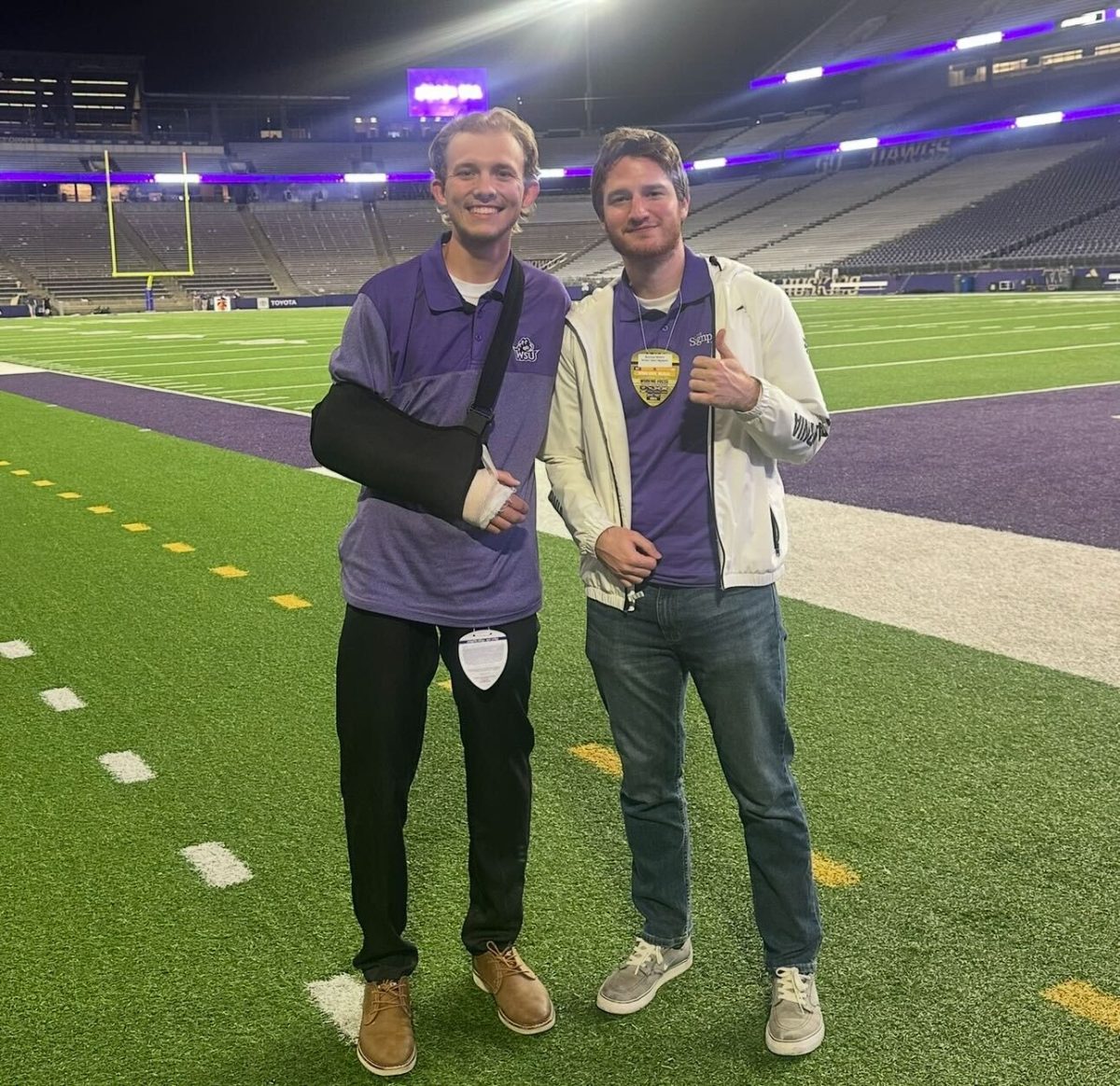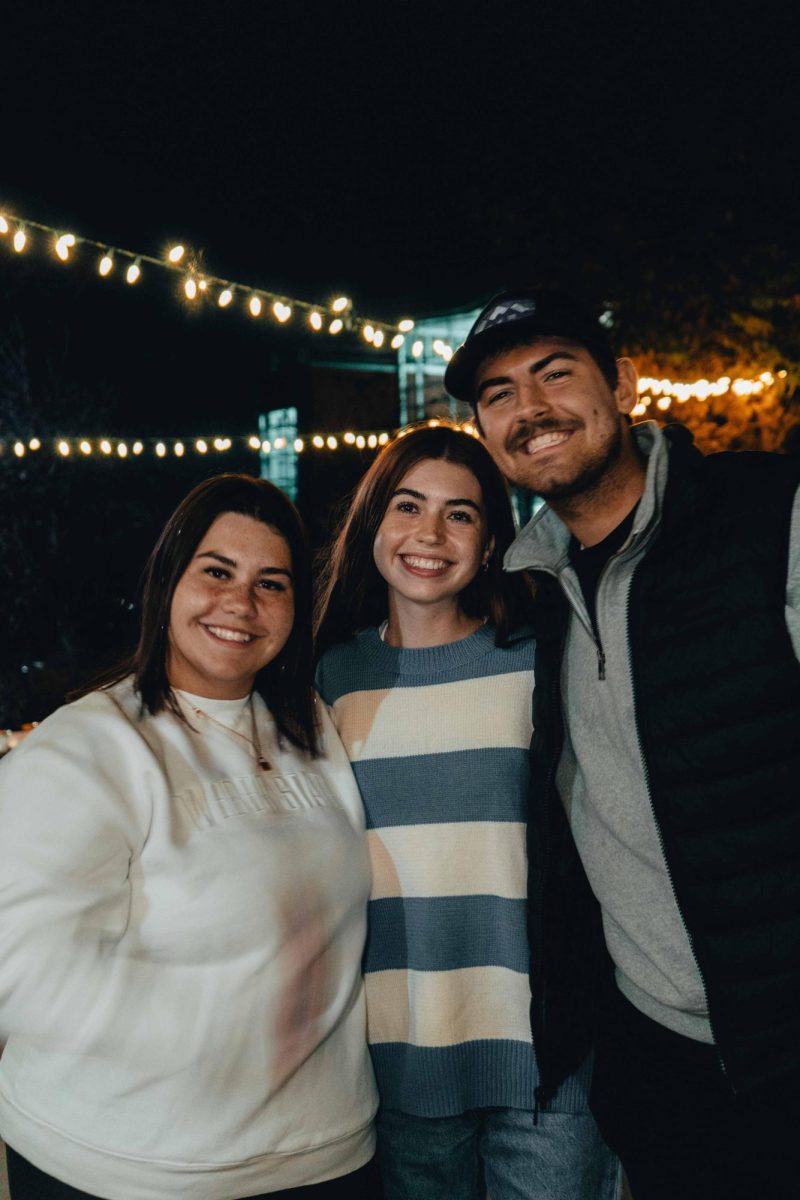
Thanks to social media, Snapchat videos from my sister and her friends singing in the car or pictures on Facebook from an Elton John concert that my parents attended replace the weekly phone call home.
This is typical for college students who are hours away from home — or even out of state.
Social media is everywhere today. In many cases, it is unavoidable. Society is greatly affected by social media, especially in college. We mostly benefit from it, but we have to remember to be responsible about it.
Think of the morning routine of a Weber State University student. The first thing I do when my alarm blares is check my phone. Whether it’s for texts, checking my calendar or looking at Twitter, all of this is instantly at my fingertips.
Social media doesn’t only help with getting caught up on cat videos and seeing what new restaurant a friend and his date are checking out. So many people use sites like Facebook, Twitter and other apps in their daily work life.
For college students, we use it for our daily school lives. A student’s life revolves around receiving information and using it effectively.
Canvas may not really seem as fun as social media, but it is used for basically the same thing — getting information. Any professor and student can access assignments, tests and announcements through this website.
Sitting through a three-hour long debate listening to presidential candidates can seem like an exhausting waste of time, but video clips and short headlines on Twitter and Facebook can save a whole lot of time and get the same point across, which really seems to be how many millennials, like myself, are staying up to date on current issues with this year’s presidential campaign.
Here’s why I am most grateful for our social media access, though. Thankfully there have not been any incidents of violence at Weber State. But if there were, recent attacks at the University of California at Merced, Virginia Tech or Umpqua Community College in Oregon have illustrated the ways social media can be used to inform the student body and local authorities about what was going on.
Through social media sites like Twitter and Facebook, along with the Code Purple text messaging system, Weber students are able to stay informed in case of an incident. Social media can save lives simply by informing the reader at lightning speed.
Sometimes saving a life is as simple as a text from a friend when I’m zoning out in my 7:30 a.m. economics class. It makes my day to see my grandparents’ reaction to a video from my recent hike in the snow just as much as it makes theirs to see a letter from me in their mailbox.
Trolls and haters have found social media to be a convenient way to take bullying to another level. I have defended friends I thought were being harassed, and I’ve “blocked” accounts I suspected of being fake. I hope as social media grows, so too will our dependence on it and usage of it in our daily lives.
I’m excited to have social media in my life and to see how these tools evolve in the next few years. I hope we can teach future generations to use social media for the purpose it was intended — to connect us and build us up, not tear each other down.


